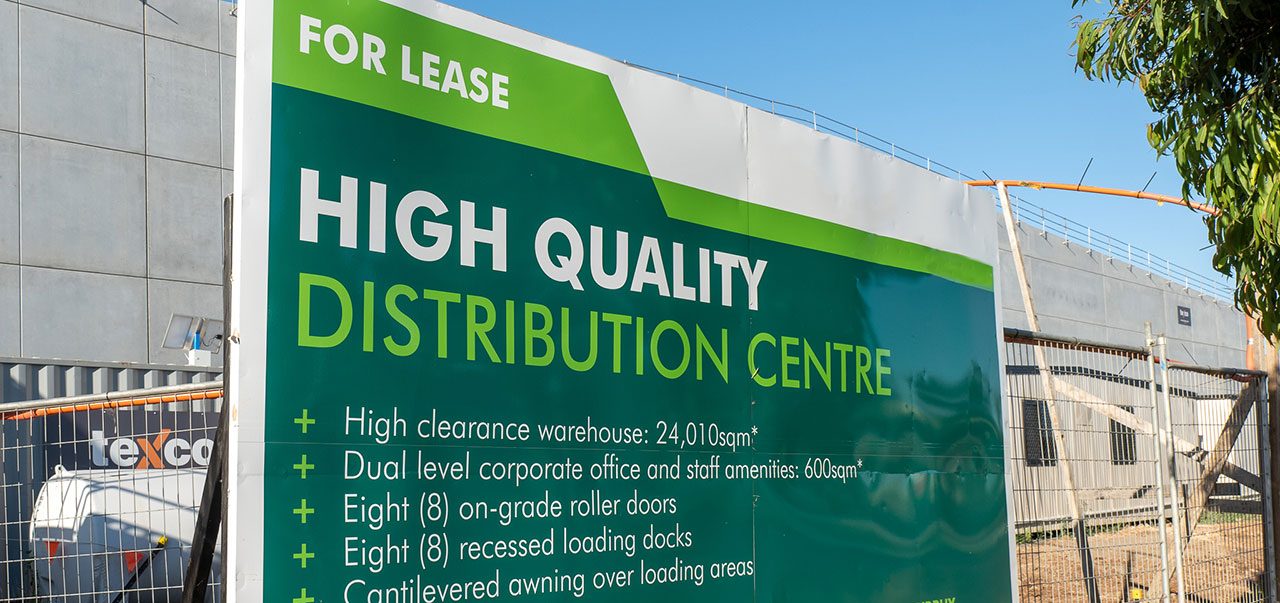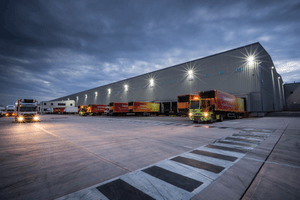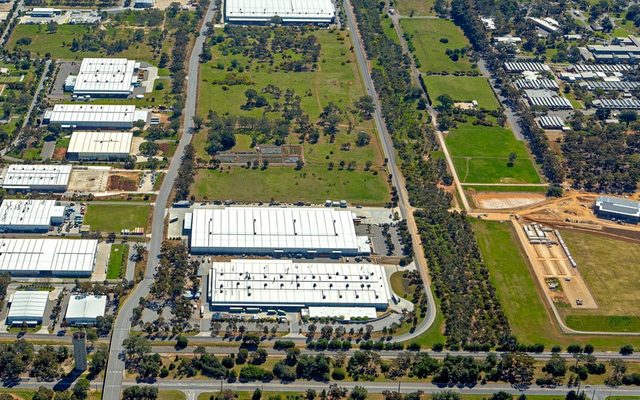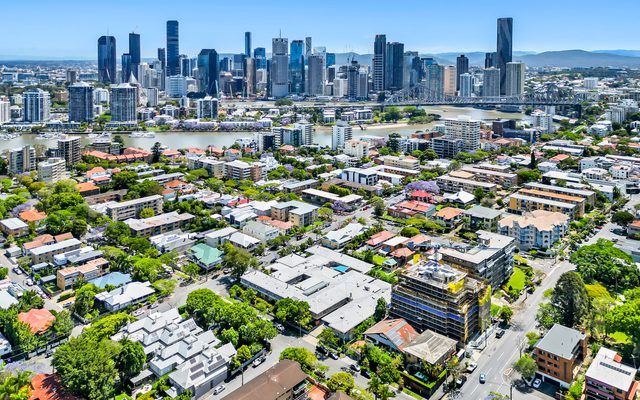This article is from the Australian Property Journal archive
INDUSTRIAL and logistics tenant demand has picked up after a weaker first quarter, but sublease vacancy is influencing leasing negotiations with landlords having to increase incentives to attract tenants
According to JLL’s latest industrial data for Q2 2024, demand was back in line with the 10-year average, with take up totalling 732,000sqm over the period, after just 371,490sqm in Q1.
There were just over 1,000,000sqm of new stock completions over the quarter, a level only achieved one other time since 2007, with Q2 2022 seeing 1.05 million sqm.
“Though demand remains resilient, with strong supply, incentives are increasing from troughs recorded in 2023, and competition from sublease space is weighing on effective rental growth,” said Annabel McFarlane, head of strategic research at JLL Australia.
“At precinct level, rental growth performance is varied, with demand, vacancy, sublease and supply dynamics creating differing themes.”
For the quarter, the top five precincts for prime net face rental growth included South Sydney, with an increase of 5.0%, representing a 31.8% boost annually.
The Sydney Outer South West precinct also made the list with 7.6% for the quarter and 24.0% for the year, while Melbourne South East was up 8.8% for the quarter and 27.6% annually.
Over the quarter, Melbourne saw a record level of space delivered to its metropolitan industrial precincts at 555,850sqm, which accounted for 55% of national supply.
This was largely concentrated in the west, with 331,470sqm or 60% of stock, while on the other end the south east saw just 41,480sqm or 7% of stock, contributing to the high level of rental growth.
With Australia’s industrial and logistics vacancy rate remains the lowest globally despite recording a boost in supply across most markets in the first half, according to recent CBRE data.
“Precincts where supply has accelerated such as Sydney’s Outer Central West, Melbourne’s North and West which together account 702,360 sqm (70%) of all completions nationally, have seen face rents stall and incentives increase resulting in negative effective rental growth for the quarter,” added McFarlane.
“Significant under-construction activity for the remainder of the year particularly in Sydney’s Outer Central West and Melbourne’s North precincts will put downward pressure on rental growth through the remainder of the year.”
Brisbane Trade Coast also pulled in a strong result with prime net face rental growth up 5.2% for the quarter and 24.3% for the year, likewise Adelaide Inner South was up 3.0% for the quarter and 11.4% annually.
With Adelaide returning the most broadly resilient results, with rental growth in secondary assets ranging from 5.8% to 14.6% for the quarter.
“We are finding that sublease vacancy is influencing leasing negotiations in some precincts as these groups generally offer cheaper effective rental options for occupiers. Melbourne and Sydney have 225,000 sqm and 265,000 sqm of sublease space in the market, respectively,” said Peter Blade, head of logistics and industrial at JLL Australia.
“The reason that sublease space is put to market is varied and includes opportunistic strategies to access positive rental reversion, but 3PL’s are increasingly right-sizing in response to missing contracts and associated inventory reduction. sublease is limited in Brisbane.”
Blade noted the growing diversity in rental growth across building size leases, with activity resilient among smaller occupiers but lagging for larger facilities.
“This is impacting developers that adopted strategies to speculatively develop and cater for large box users that needed larger warehouses over the last three years than historical average size,” added Blade.
“Historically, 14,000 sqm to 16,000 sqm has been the sweet spot for demand in Sydney, Melbourne and Brisbane, but in 2020 and 2021 this increased to over 20,000 sqm. As demand for spaces larger than 20,000 sqm has shifted, lease negotiations for this building size have become increasingly favourable for the tenant.”
While industrial rental growth has softened from its 1H 2024 peak, Cushman & Wakefield are still anticipating rents to be higher than historical averages, with an expected 6% growth for 2024 and 5% for 2025.





